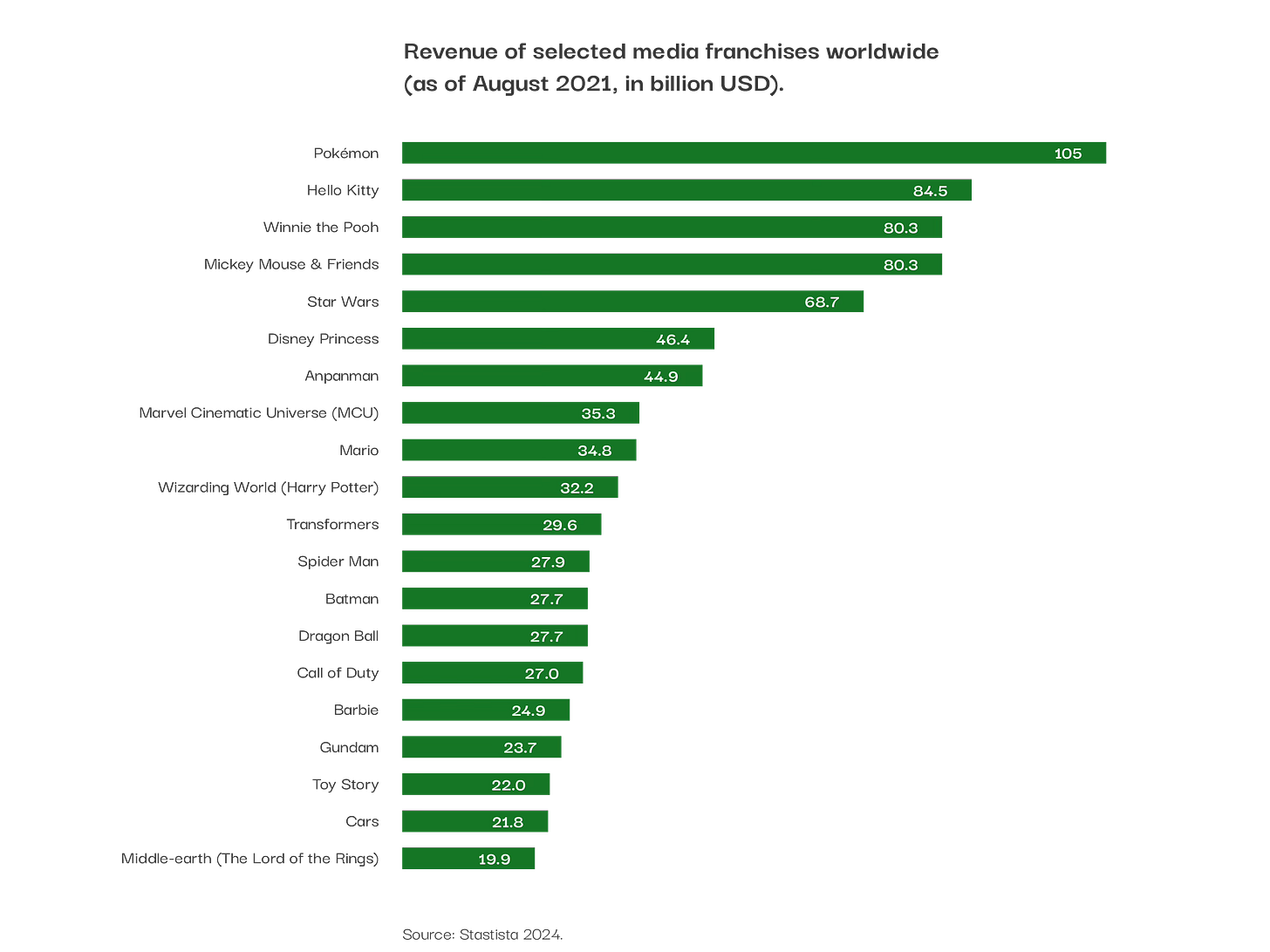The birth of one Ideas Economy
Do you believe value can sprout from nothing?
The capital of ideas has interested me for a long time, since I was a teenager. I was a fifteen-year-old art student in high school when I first heard that some people freelance their creativity for a living. They trade ideas for income, converting concepts into economic value. By the time I got to university as an undergraduate I learned it wasn’t just freelancers. There are dedicated industries all over the world fuelled by thought and those pieces of imagination translate into tangible products, services, commodities. Some people specialise in certain areas of imagination. They become visual storytellers, technical producers, consultants, strategists, and the like. They become masters of design thinking, iterating and building on the abstract until they become concrete innovations and solutions to human challenges.
Creating value from ideas differs from other forms of capital. Financial capital helps us produce funds to invest in business operations and growth. Physical capital, such as tools or machinery, allows us to produce tangible goods. Human capital captures labour forces, and the skillsets those people bring. Ideas as capital, however, refers to the value held within the idea itself. While the idea may leverage financial, physical, or human capital to thrive, its inherent value lies in its originality and potential.
When we examine economies, ideas as capital are apparent in creative outputs – publishing, music, film, TV, theatre, gaming – in intellectual property – such as technologies, patents, stories, and characters – in strategy consulting, where idea generation becomes the foundation for new pathways forward for businesses. Take companies like Apple, Pixar, Disney, and Marvel. They thrive because they’ve mastered the art of turning possibilities into realities. Have you ever considered how a character like Spider Man evolved from an idea into a multi-billion-dollar intellectual property? (At 2021, our friendly neighbourhood friend is worth $27.9 billion USD.)[1] Ideas become valuable once they produce tangible economic, social and cultural output.
Ideas Economy is a space dedicated to investigating industries built on the capital of ideas. It does this through two types of written content:
Thought Essays delivers you intellectually sharp and playful observations that prompt you to think differently about things, the large and the mundane alike.
Mental Models are your pocket-sized blueprints for structured intelligence. Synthesised frameworks derived from current data, research, and trends analysis, to share with you the context of where we are today, where our larger discourse has taken us thus far, and what terrain is yet to be investigated still.
Oscar Wilde observed that “most people are other people,” hidden behind masks of the facts and reasonings of others who may be considerably more esteemed or accredited. Presenting the dichotomy of Thought Essays versus Mental Models enables you to act as witness to one person’s (the author’s) unmasked perspectives and therefore invite you to debate and build on what all this prompts in you.
The world is propelled by ideas, and those economies that harness this best are the ones who thrive, inevitably. Within the Ideas Economy community, we delve into the interplay between creativity and commerce, exploring how imagination transforms the world around us. Incredible value is often borne of a single mustard seed of an idea. The interesting part, then, is to see how to make that mustard seed grow.
If you’d like to join our community of thinkers and innovators, be sure to subscribe.
[1] Guttmann, A. (2024, 22 May). Revenue of selected media franchises worldwide as of August 2021. Statista. Retrieved 3 December 2024 from https://www.statista.com/statistics/1257650/media-franchises-revenue/.





Okay that graph was wild
Love it... looking forward to whats next.